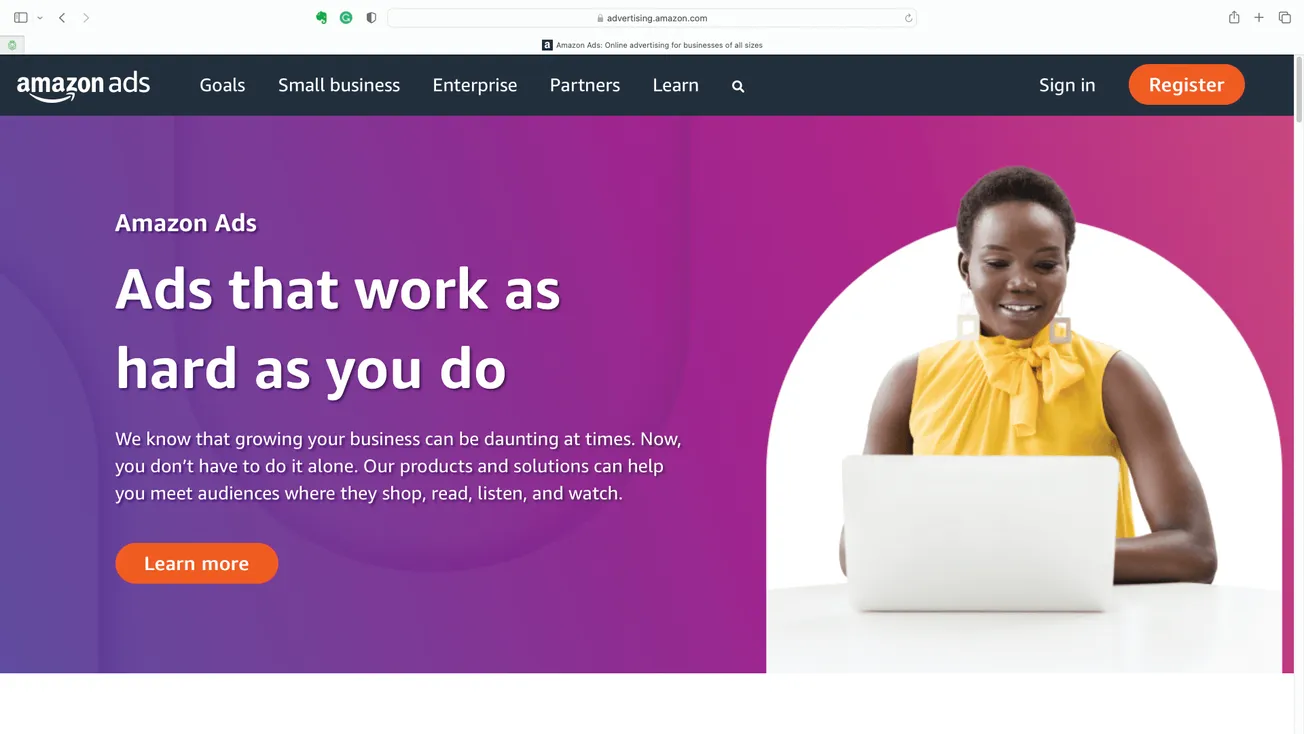
One of the hottest trends in retail and advertising is the emergence of retail media networks. Retailers large and small are scrambling to convert their stores and digital properties into a portfolio of sellable advertising units in a quest to grab a piece of the $41 billion (2022) retail media market. This creates an important opportunity for retailers at a time when they need additional revenue sources to contend with rising costs driven by product cost inflation, increased labor costs, the higher costs of e-commerce and the quest for the ultimate omnichannel engagement with their customers.

Tom Furphy
To tap into the retail media opportunity, retailers everywhere are building out their own retail media networks. As advertising dollars drift away from traditional broad scale media and as audiences fragment, advertisers are looking to place their spend where they can produce the best ROI (return on investment). While this sounds like a massive opportunity for retailers, it gets a little more interesting when you peel back the layers to understand where the dollars are flowing today, the media and capabilities that will command the most funding going forward and, most importantly, how retailers will balance their media efforts with their customer experience.
Amazon’s dominance creates opportunity
Currently, Amazon stands as the 800-pound gorilla in the retail media space, generating almost $38 billion in advertising revenue in 2022. The majority of this revenue comes from retail media, accounting for nearly 90% of the market. However, what may seem like a recent development is actually a mature business within Amazon, dating back to 2006 when my team and I were running Amazon’s CPG business and we were developing new placements for manufacturers as the way to receive a fair share of manufacturer funding.
As an online-only retailer, we didn’t have store programs or a weekly ad circular where we could sell co-op advertising. However, we did have a website with strong traffic that had purchase intent as customers researched and/or purchased products. We developed a set of performance-driven ad placements and sponsored recommendations that could command more manufacturer dollars based on better performance. This resulted in an important revenue stream for Amazon and provided a compelling, measurable return for our manufacturer partners.
Since those early efforts, Amazon has added massive levels of sophistication, externally facing tools and APIs, and introduced a plethora of new ad capabilities. Manufacturers have flocked to the platform and are spending large dollars to compete for eyeballs and conversion. For years, Amazon has been able to show relatively strong ROAS (return on advertising spend) and has become a must-invest piece of manufacturers’ marketing budgets.
While Amazon’s dominance is evident, manufacturers and industry observers have begun questioning the incremental ROI of advertising on Amazon’s crowded platform. Furthermore, the excessive ad placements on Amazon have raised concerns about degrading the overall customer experience. As brands continually seek to optimize their ad spend, this presents an opportunity for other retailers to attract dollars by offering compelling customer experiences and viable alternatives to Amazon.
The potential money at stake
The retail media market is poised for significant growth in the coming years, as manufacturer budgets shift away from traditional brand advertising and they allocate funds from the approximately $200 billion that sits within trade budgets. With Amazon currently holding almost 90% of the 2022 $41 billion retail media market and Walmart reporting $2.7 billion in fiscal 2022 ad revenue — representing almost 7% of the market — there was less than $2 billion left for other retailers last year. McKinsey projects the retail media market to grow to $100 billion by 2026. With Amazon and Walmart firmly establishing their dominance, other retailers will fiercely compete for the remaining advertising dollars.
The winning formula
Fundamentally, the amount of retail media dollars that a retailer commands is based on four primary factors. First is audience size, the scale of the retailer and number of customers they can reach. Next is impressions, the number of interactions that a retailer drives between its audience and the marketing assets. Third is conversion, the rate at which those impressions drive sales. And finally, the incremental ROAS that is realized when media generates sales.
To drive impressions, conversions and ROI, retailers will deploy a suite of retail media programs including sponsored recommendations, placements and various forms of in-store media. Many of these are common programs that are offered in roughly the same form across all retailers, with success based on the quality of the underlying data and precision of the targeting. As Amazon and Walmart combine for such a massive share of today’s dollars with enormous audiences and capabilities, other retailers will need to show strong ROAS on these programs to earn their fair share of available dollars.
Preserving the customer experience amidst the onslaught
As retail media placements become increasingly pervasive throughout the customer journey across digital media, on streaming services, in shopping list creation, digital recommendations, electronic shelf labels, various electronic store displays, email and communications, store audio, and more, it is essential to avoid overwhelming customers and diluting the customer experience. Retailers must strike a delicate balance by delivering relevant and targeted advertisements that capture customers’ attention without inundating them with excessive and irrelevant messages.
To achieve this, retailers that integrate relevant ads and recommendations into loyalty programs, shopping apps, and discount and reward initiatives can effectively engage customers while ensuring that the ads provide genuine value. However, retailers must also remain mindful that bombarding customers with ads that lack relevance can backfire, leading to reduced attention and lower conversion rates and, worse, erosion of trust.
New capabilities will unlock new dollars
To rise above the media noise, it is crucial to prioritize customer-centric experiences that solve problems, address needs and enhance the overall shopping journey. Experiences that fundamentally shape and improve the shopping experience can add value to customers, while attracting attention and driving engagement, will be a hit with customers and advertisers alike.
Chain drug retailers have a great opportunity to tastefully embed relevant ad placements into many customer-centric capabilities across the digital health technologies they have already invested in, such as mobile apps, prescription adherence and refill reminders, appointment scheduling, and personalized health recommendations. These are ideal examples of retail media opportunities that customers would appreciate because they solve problems.
Another emerging example is auto-replenishment, a customer problem-solving capability being adopted by several national retailers, including chain drug retailers. Partnering with companies like Replenium, retailers can use generative AI and software tools to assist customers in their routine purchases across health, nutrition, beauty and personal care. The platform recommends relevant products and regimens, putting them on auto-recurrence, creating numerous incremental retail media opportunities that are contextual to customers and additive to their experience. Customers appreciate these services and have demonstrated their loyalty by increasing their spending at least 30% with the retailer.
Winning with customers, advertisers and stakeholders
In the face of the retail media explosion, chain drug retailers would be well served to keep their quest for increased income balanced with improving the customer experience and maintaining trust. By prioritizing customer service and satisfaction, retailers can navigate this evolving landscape successfully, win big with their customers and improve their bottom line all at the same time.
Tom Furphy is chief executive officer and managing director of Consumer Equity Partners.









